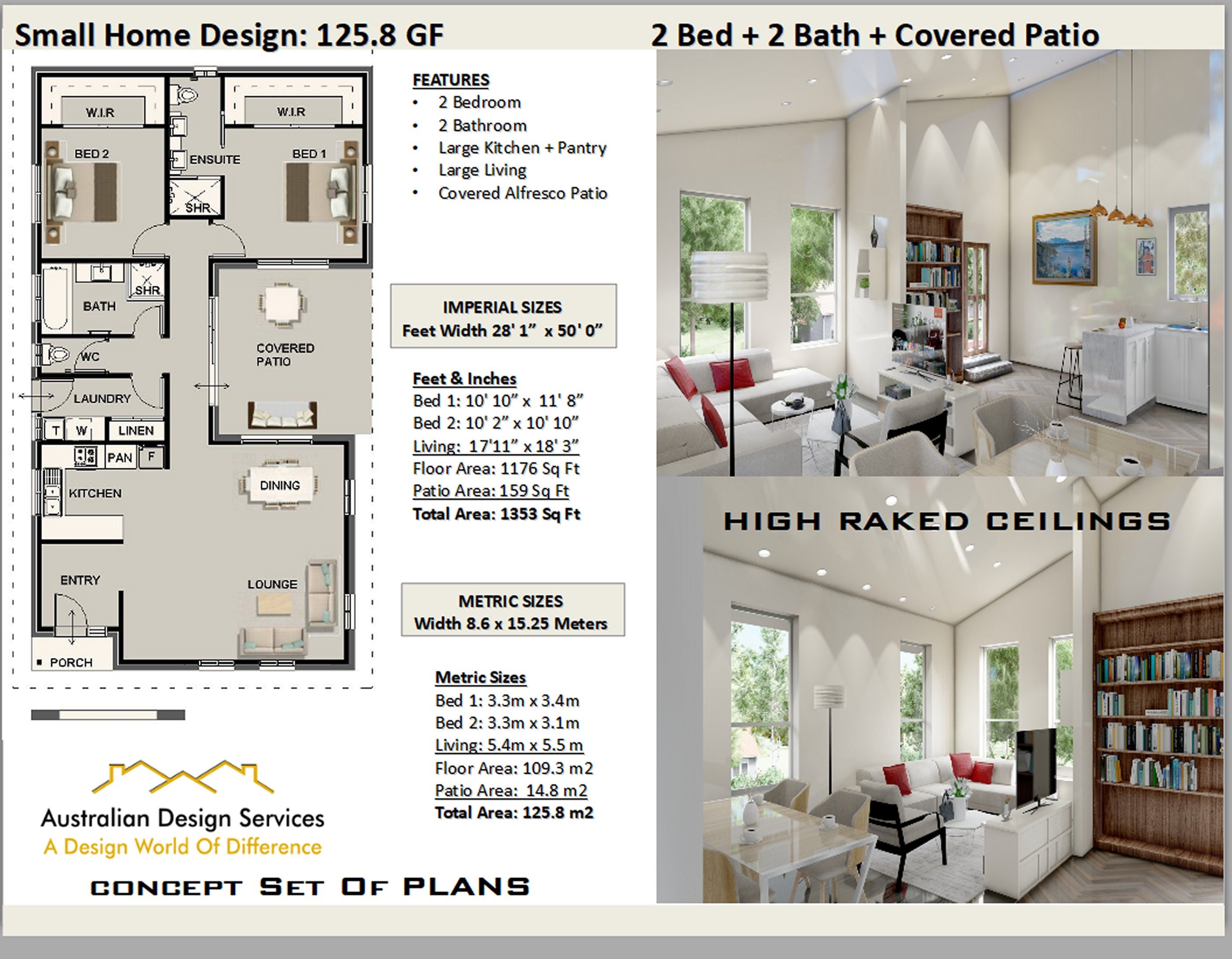Building Considerations for Small Homes
Building a 400 square foot house presents unique challenges and opportunities. The small size requires careful planning and consideration of every aspect, from material selection to energy efficiency. This section will delve into key building considerations for maximizing functionality and comfort in a compact space.
Construction Materials for Small Homes
The choice of construction materials significantly impacts the cost, durability, and environmental footprint of a small home. Here’s a comparison of popular options:
- Wood Framing: This traditional method is affordable, readily available, and easy to work with. Wood is a good insulator, offering natural thermal resistance. However, it’s susceptible to moisture damage and requires regular maintenance.
- Steel Framing: Steel frames are strong, durable, and resistant to pests and fire. They offer excellent dimensional stability, minimizing settling issues. However, steel is more expensive than wood and can be challenging to work with.
- Concrete: Concrete is a robust and long-lasting material, offering superior fire and pest resistance. It’s also a good choice for areas prone to seismic activity. However, concrete construction can be costly and requires specialized skills.
- Modular Homes: Modular homes are prefabricated units assembled on-site, offering faster construction times and cost savings. However, design flexibility can be limited, and transportation costs can be significant.
Maximizing Natural Light and Ventilation, 400 sq ft house plans 2 bedrooms
Strategic window placement and design are crucial for creating a bright and airy atmosphere in a small home.
- Large Windows: Maximize natural light by incorporating large windows, especially on south-facing walls to capture sunlight throughout the day.
- Skylights: Skylights can provide additional natural light, especially in areas with limited window space.
- Cross Ventilation: Place windows on opposite sides of the house to allow for cross ventilation, promoting air circulation and reducing reliance on air conditioning.
- Lightwells: Consider lightwells for bringing natural light into interior spaces that lack direct window access.
Energy Efficiency in Small Homes
Energy efficiency is paramount in small homes, as they tend to have a higher surface area to volume ratio, making them more susceptible to heat loss or gain.
- Insulation: Proper insulation is essential for reducing energy consumption. Consider using high-performance insulation materials in walls, ceilings, and floors.
- Energy-Efficient Appliances: Choose appliances with high Energy Star ratings, which are certified for energy efficiency.
- LED Lighting: Replace traditional incandescent bulbs with energy-efficient LED bulbs, which consume less energy and last longer.
- Solar Panels: Explore the possibility of installing solar panels to generate clean energy and reduce reliance on the grid.
Foundation Types for Small Homes
The foundation type depends on soil conditions, budget, and the home’s design.
- Slab Foundation: A slab foundation is a concrete slab poured directly on the ground. It’s suitable for stable soil conditions and is generally the most affordable option.
- Crawl Space Foundation: A crawl space foundation is a raised foundation with a space between the ground and the floor. It provides access for plumbing and wiring, but can be prone to moisture problems.
- Basement Foundation: A basement foundation is a fully enclosed space below the ground level. It offers additional living space but can be expensive to construct.
- Pier and Beam Foundation: A pier and beam foundation uses concrete piers to support the house. It’s suitable for areas with expansive soil or sloping terrain.
Rewrite Article and Don’t Like AI Tools: 400 Sq Ft House Plans 2 Bedrooms

While AI tools can be helpful in generating initial layouts and space planning, they lack the human touch and intuition needed to create truly unique and functional 400 sq ft homes. These small spaces demand a deep understanding of human needs, preferences, and the art of maximizing every inch. AI, with its reliance on data and algorithms, can’t fully grasp the nuances of individual lifestyles and design aspirations.
The Limitations of AI in Small Home Design
AI algorithms are trained on vast datasets of existing homes, but these datasets often fail to capture the specific requirements of a 400 sq ft dwelling. The constraints of a small footprint necessitate creative solutions and innovative design choices that AI struggles to comprehend.
“AI can provide a starting point, but it’s the human architect or designer who brings the vision to life, infusing the space with personality and functionality.”
The Value of Human Expertise in Small Home Design
Human designers possess a unique ability to understand and translate a client’s vision into a tangible living space. They can:
* Listen actively and ask insightful questions: To understand the client’s lifestyle, needs, and preferences, ensuring the design reflects their individual personality.
* Consider the specific site and its limitations: A human designer can analyze the site’s characteristics and constraints, maximizing the available space and incorporating natural light and ventilation effectively.
* Emphasize functionality and flow: A well-designed 400 sq ft home must prioritize functionality, with every square inch serving a purpose. Human designers can create a space that feels spacious and comfortable despite its small size.
* Integrate personal touches: A human designer can help incorporate the client’s unique style and preferences, creating a home that feels truly personal and reflects their identity.
* Collaborate with the client throughout the process: A human designer can guide the client through every stage of the design process, from initial sketches to final construction, ensuring the client’s vision is realized.
